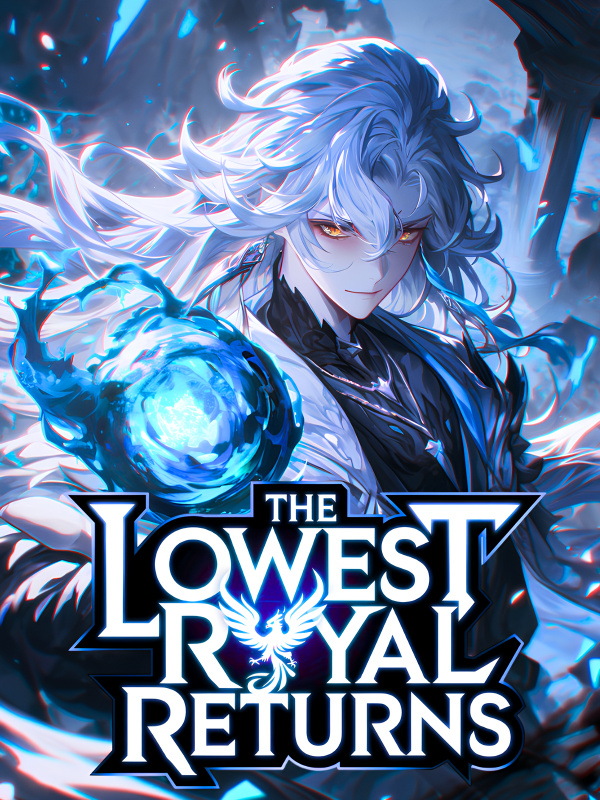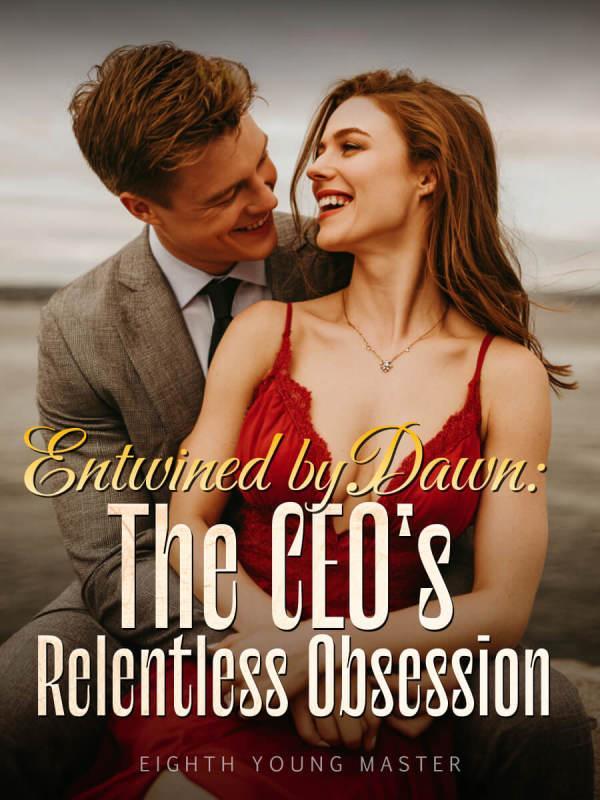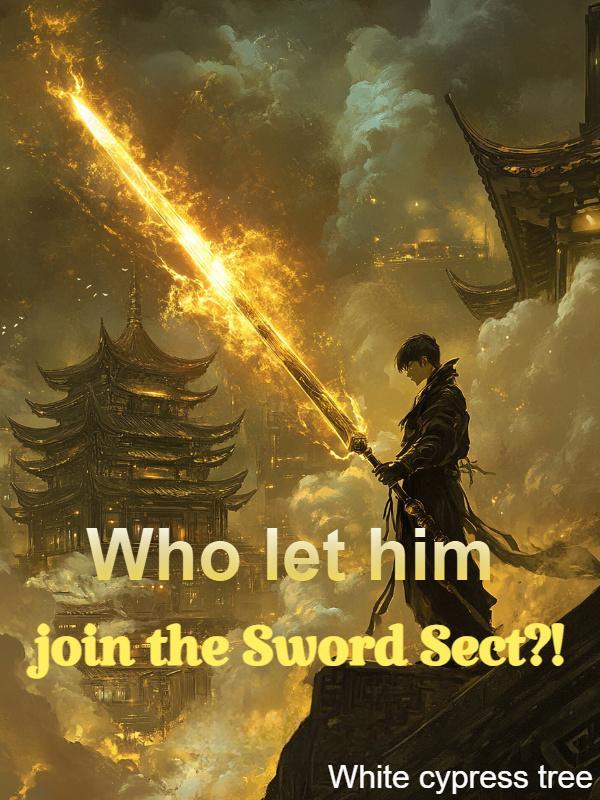I have a wildlife zoo-Chapter 752 - 751 The Lively Little Pond
Chapter 752: Chapter 751: The Lively Little Pond
Chapter 752 -751: The Lively Little Pond
After admiring the meerkats for a while, I made my way to the fennec fox exhibit.
Two fennec foxes were lying on their perch, curled into balls and snuggled up together, lazily sleeping.
They were tiny and exquisite, almost the size of rabbits!
Compared to the average red fox, their fur was much lighter in color, a light yellow that helps them camouflage in the desert.
New novel 𝓬hapters are published on freёwebnoѵel.com.
The most striking feature was their unusually large ears, which seemed to be even larger than their faces, giving them a wonderfully cute charm.
In both fur color and the feature of big ears, they strongly resembled Eevee from Pokémon before its evolution.
The tiny and adorable fennec foxes also attracted many visitors to stop by. No one was immune to their enchanting sleeping poses, with exclamations of “Kawaii!” and “Ah, I’m dying!” echoing around as they took out their phones to snap photos.
“Wow, what big ears!”
Fang Ye explained, “The fennec fox is the smallest canid in the world!
Not only do their large ears give them acute hearing, functioning like radar to detect the movements of prey underground, but they also serve the purpose of dissipating heat.”
I activated my affable skill and beckoned, and one fennec fox immediately trotted over through the sand, round eyes curiously staring at me.
Fang Ye grinned and touched his nose through the glass.
Seeing a barrage of comments fly by saying “I want one,” he added, “As cute as they are, it’s best to just enjoy them at the zoo. Don’t think about keeping one.
First of all, it’s illegal to keep them in the country!
Moreover, fennec foxes are experts at digging and usually live in burrows. They are full of energy and known as home wreckers. Their urine smells incredibly foul, so keeping one would be a disaster for both the animal and the person.”
Regular viewers of Fang Ye’s live streams, or fans who visit the zoo often, know that keeping animals is not an easy task.
Tree-climbing animals need trees, diggers need sand. Providing sufficient space for activities, social companions, balanced nutrition in their diet, enrichment activities, quarantine, and treatment, among other things.
Fennec foxes, otters, owls—zoos and other professional institutions can struggle to meet all their complex needs, let alone the average person. They are simply not suitable to be pets.
Behind those seemingly warm and adorable pet videos is the cruel and bloody practice of poaching, posing a significant threat to wild populations.
“Exactly, the best way to love them is to protect them and their natural habitat. Wild animals are most beautiful in their natural environment.”
“If you really want to raise an animal, go for a rabbit. Rabbits also have big ears and are very cute!”
“They are nature’s sprites, and we should not possess or harm them for our own selfish desires.”
Seeing the comments from netizens, Fang Ye felt quite gratified.
Isn’t this what the zoo is for?
After walking through the fennec fox exhibit, Fang Ye asked, “Brothers, what else do you want to see?”
Having seen koalas and panda cubs today, everyone was already satisfied!
Not to mention the kangaroo boxing championship we witnessed.
Actually, the most interesting were the meerkats, with their varied behaviors. Though the koalas and fennec foxes were also cute, both were resting.
“Let’s just wander, anything’s good. Watching the animals enjoying their leisure, it feels really relaxing.”
“How about visiting the butterfly exhibit? Last time I sat there listening to soothing music, I felt completely healed.”
Fang Ye thought for a moment: “Let’s go check out the city animal area.”
“Yeah, sure!”
Urban animals were a theme Fang Ye took the longest time to conceptualize!
Skyscrapers and concrete jungles are not the natural home for animals, but as human activities expand and habitats decline, some animals are making an effort to integrate into the city, hoping to find a place to reside within it.
However, the concept of “human-centered” pervades modern urban construction, never taking the needs of animals into account.
Living in the city is dangerous for animals.
Birds cannot distinguish between the reflection of glass and the real sky, often dying upon impact; wild boars enter the city seeking mates and get lost among the traffic and skyscrapers.
Then there are highways, utility poles, dams, and wind turbines, which can be seen as extensions of the city, the crystallization of industrial civilization.
They are no friendlier to animals; dams block the migration paths of fish, and the fish ladders provided are practically useless. The Chinese paddlefish is already extinct, and if this trend continues, the Chinese sturgeon will likely follow in a few years.
Nonetheless, the primary focus of urban animal areas remains within the city, close to people.
Even if animals wish to integrate into the city, people also have the desire to be close to nature, but they don’t know how to live with them the right way.
Hearing that bats are related to the pandemic, people both fear and drive away the hibernating bats; feeding cat food to raccoon dogs, having them chase people for more, causing fights and biting, not to mention disturbing daily life and provoking intense disputes among residents.
With other animals’ exhibits, as long as we replicate their natural habitats, it should suffice, with nature being the best point of reference.
If you wish to plant breadfruit trees, sweet acacia, create a waterfall, or a lake, with a systematic construction interface, it isn’t difficult to achieve this.
What to do with the urban animal exhibit areas and what to display has no reference, which is quite a dilemma.
Some animals rescued by the animal rescue center, along with the incidents involving bats and raccoon dogs, have shaped Fang Ye’s concept, and the urban animal exhibit area has been completed over the past few months.
…
Urban Animal Area!
Walking through it feels like wandering around a well-landscaped normal community.
Of course, the buildings are not very tall, only one or two stories.
Fang Ye stopped by a pond.
The embankment was piled up with stones of various sizes, growing some iris and reeds, with birds standing on the edge stones drinking water.
Shrubs and grasses gently sloped along the incline, extending into the pond.
A breeze blew, the iris swayed gently, giving a sense of leisurely comfort.
“The scenery is nice!”
“If there was an environment like this in the community, sitting by the pond, feeling the breeze, watching the birds, it would be quite a pleasant thing!”
Fang Ye smiled, “Ponds are a common sight in cities, but do you notice anything different about this one?”
“Don’t know!”
Some netizens have noticed some clues, “It feels more natural, more vibrant!”
Fang Ye said, “That’s right. Normally with such ponds, the edges are straight stone bricks, right?”
Everyone thought about it and agreed indeed it was so!
“For urban animals, replenishing water is very important, especially during the scorching summer days.
A little bird sees there’s water here, it wants to take a sip, flying over and standing at the edge of the pond, it finds that even with its head lowered to the lowest point, its beak still can’t reach the water.
It hops around nearby, but the distance to the water is the same everywhere.
After hesitating for a moment, it flaps its wings and flies downward, its tail grazes the water surface, and it flies back to the edge; it can’t find a foothold, it fears drowning.
The surface of the water is one centimeter away from its beak, that one centimeter so close yet so unreachable. This is a very common sight in the city.”







![Read The Royal Military Academy's Impostor Owns a Dungeon [BL]](http://static.novelbuddy.com/images/the-royal-military-academys-impostor-owns-a-dungeon-bl.png)